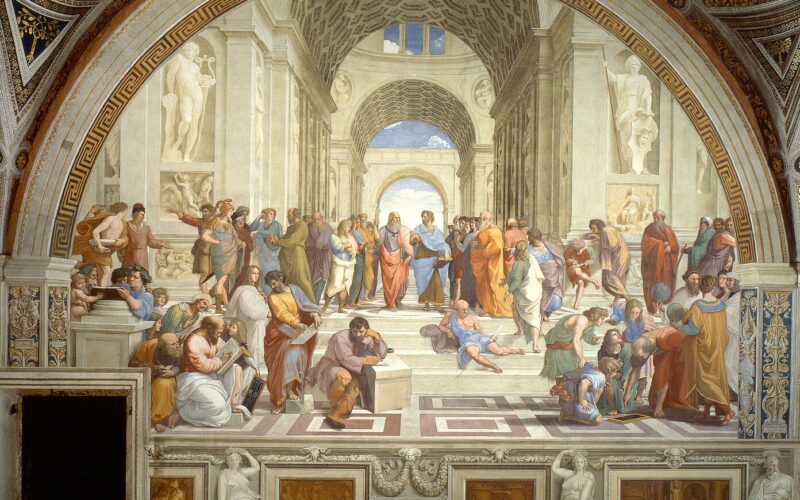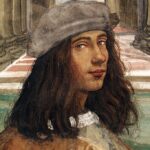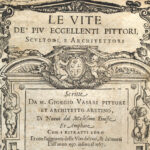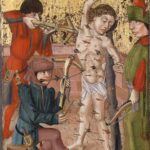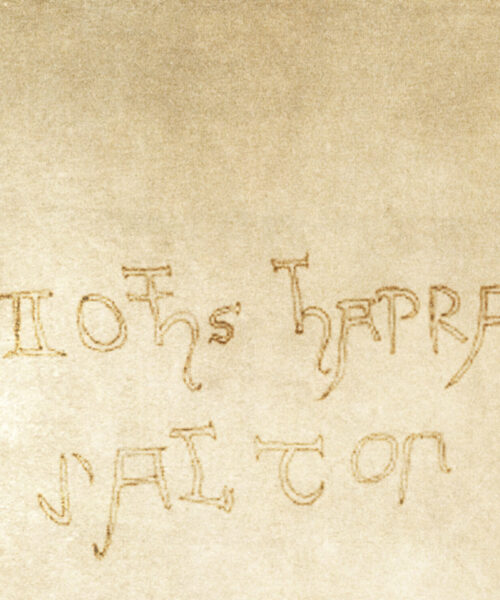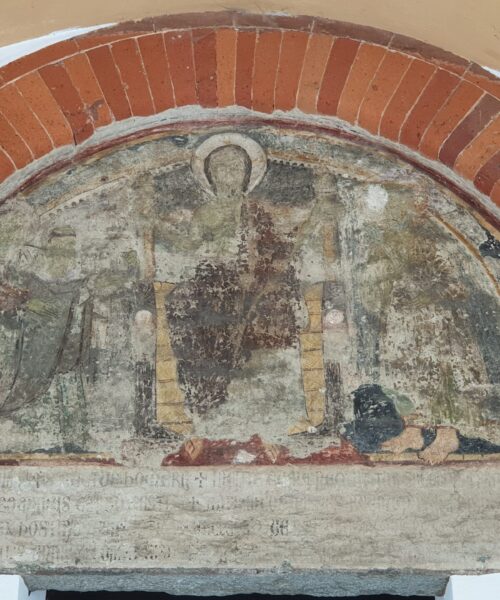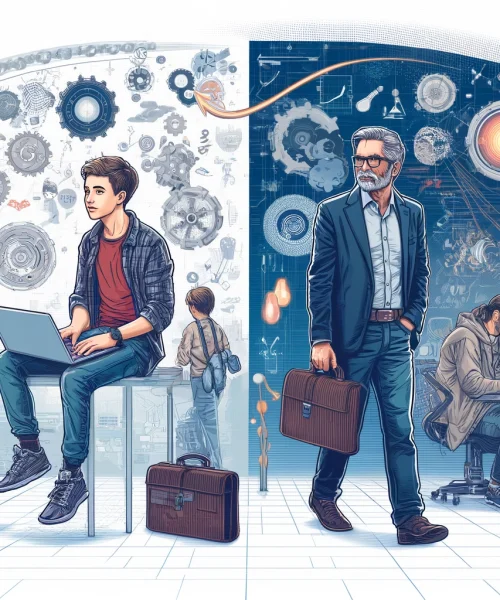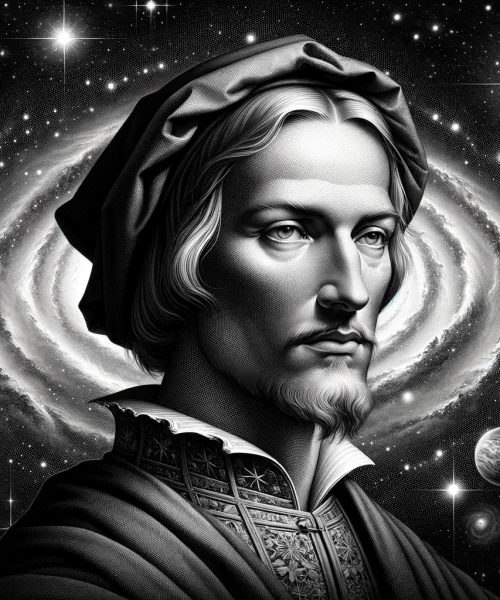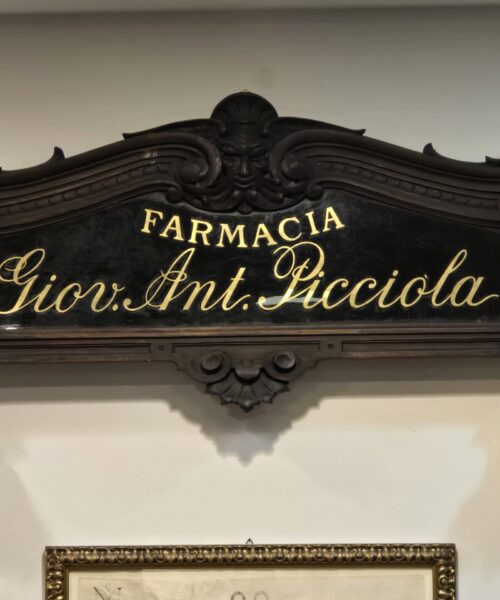Art, Intellect, and Patronage in the Heart of the Renaissance
In the vibrant heart of the Renaissance, art was not merely an ornament of daily life but a universal language speaking of power, ethics, and social order. In an era where visual culture was more eloquent than any manifesto, artists were the storytellers of a world in tumultuous transformation.
The Renaissance, a period of cultural and intellectual rebirth, saw art flourish under the patronage of lords and princes. Far from being mere patrons, they were often scholars with deep knowledge in theology, philosophy, and literature. This multifaceted nature was reflected in their court artists, figures like Leonardo da Vinci, Michelangelo Buonarroti, and Raphael Sanzio, who were not just painters or sculptors, but true intellectuals, versed in liberal arts and sciences.
Renaissance art was steeped in political symbolism. Each artwork was a palimpsest of meanings, a fabric of encrypted messages for those able to decipher them. Raphael’s “School of Athens,” for instance, was not just a tribute to ancient Greek philosophy but also a manifesto of humanism, a thought system that placed man at the universe’s center, promoting values starkly contrasting with the feudal and theocratic order dominating the Middle Ages.
The Medici of Florence, with their acute awareness of the power of imagery, used art as a tool for political legitimization. The works commissioned from Botticelli and Michelangelo were not only expressions of beauty but also statements of power, political messages underscoring their wisdom, magnanimity, and divine right to rule.
Moreover, Renaissance artists were deeply influenced by the political currents of their time. Their works often reflected the tensions and aspirations of the Italian city-states, struggling for power and independence. A painting of the Annunciation, for example, could be laden with patriotic symbols, with the angel bearing the colors of the commissioning city, transforming a religious subject into a subtle assertion of civic and political identity.
But art was not only a vehicle for political propaganda; it was also an intellectual battlefield. Renaissance artists and writers openly debated principles of justice, the role of the prince, and the ideal form of government. These debates were reflected in their works, often containing references to republican ideals or utopian visions of society.
Renaissance art cannot be fully understood without considering its political context. Artists of the time were much more than mere creators of beauty; they were engaged intellectuals, ambassadors of ideas, social critics, and sometimes, revolutionaries. Their legacy lies not only in the images they left behind but in the dialogue between beauty and power they established, a dialogue that continues to influence our view of art and politics today.
The Renaissance Artist: Intellectual and Agent of Change
In the social fabric of the Renaissance, the artist emerged as a central figure, an intellectual whose work not only reflected but often guided social and political change. These masters of the brush and chisel were not content to merely imitate nature or depict classical ideals; they were active interpreters of their times, agents of change extending well beyond the canvas boundaries.
Take, for example, Leonardo da Vinci: a man of science, engineer, philosopher, and artist. His insatiable curiosity and holistic approach to knowledge led him to explore fields ranging from botany to anatomy, from mechanics to cartography. This vast knowledge was reflected in his artworks, often containing subtle yet powerful comments on contemporary themes. His famous “Last Supper” is not just a depiction of Christ’s dinner with his apostles but also a compendium of human expressions reflecting the complexity of social interactions and the psychological depth of individuals.
Michelangelo, on the other hand, was deeply involved in the political and religious tensions of his time. His “Sistine Chapel” should be read not only in a theological key but also as a meditation on the human condition, the relationship between man and the divine, and the power of the individual to reach the eternal through the act of creation. Moreover, his sculptures, like “David,” can be seen as symbols of republican resistance against tyrants, embodying the ideal of freedom and civic virtue dear to Florence of the time.
These artists, and many others like them, were deeply aware of the power of art as a vehicle for political and social messages. Through their mastery, they were able to communicate complex and nuanced ideas that could inspire, provoke, and even incite change. Renaissance art, therefore, was a continuous dialogue between the artist and his society, a dialogue that often challenged conventions and pushed towards new forms of thought and governance.
Ultimately, the Renaissance artist was a bridge between the world of ideas and tangible reality, a mediator between power and the people. Their legacy is a reminder that art is never neutral; it is always laden with meaning and, at its best, can be a force for the enlightenment and advancement of humanity.
Renaissance Patronage: A Synergy between Art and Power
During the Renaissance, patronage was a widespread and prestigious practice among lords and princes, who saw in art not just a symbol of wealth and power, but also a means to perpetuate their memory and influence culture. These rulers, often scholars and intellectuals themselves, fostered an environment where artists, writers, scientists, and theologians could converge and collaborate, creating a fertile ground for innovation and intellectual dialogue.
Lorenzo de’ Medici, known as the Magnificent, is perhaps the most emblematic example of this kind of patronage. Under his guidance, Florence became an unparalleled center of culture and learning, attracting brilliant minds like Marsilio Ficino, Angelo Poliziano, and Leonardo da Vinci. These intellectual circles were not just idea laboratories; they were also places where political alliances were formed and worldviews forged that would shape Europe for centuries to come.
Renaissance patronage was an investment in cultural capital that strengthened the patron’s prestige while simultaneously fueling social and scientific progress. This symbiosis between art and power was rooted in the belief that culture was an essential common good for society’s wellbeing.
Contrasting this view with modernity, a significant divergence is observable. In the modern era, politics seems to have lost that close connection with the arts and letters once so valued. Today’s political leaders are often perceived as more inclined to surround themselves with figures from the business and finance world rather than intellectuals and artists. This shift reflects a different conception of the value of art and culture, often seen as a luxury rather than a fundamental pillar of society.
The current challenge is to rediscover the importance of cultural patronage as a tool to enrich the social and political fabric. In a world where art and culture are often marginalized, there is an urgent need for modern patrons who can recognize and support the vital role that intellectuals and artists play in promoting progress and reflecting the complexity of our times.
The Renaissance teaches us that art and politics, when in harmony, can generate a golden age of progress and understanding. The challenge for our times is to rediscover that synergy, reaffirming the value of art as the foundation of an enlightened and progressive society.

